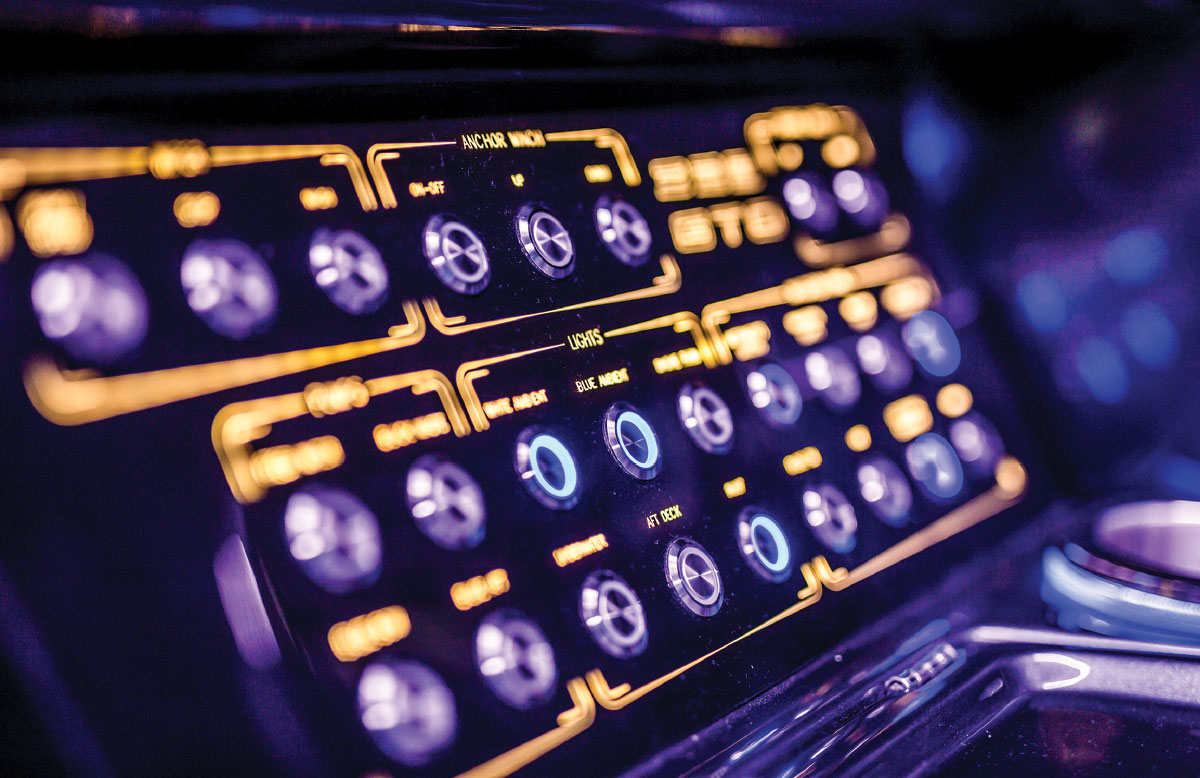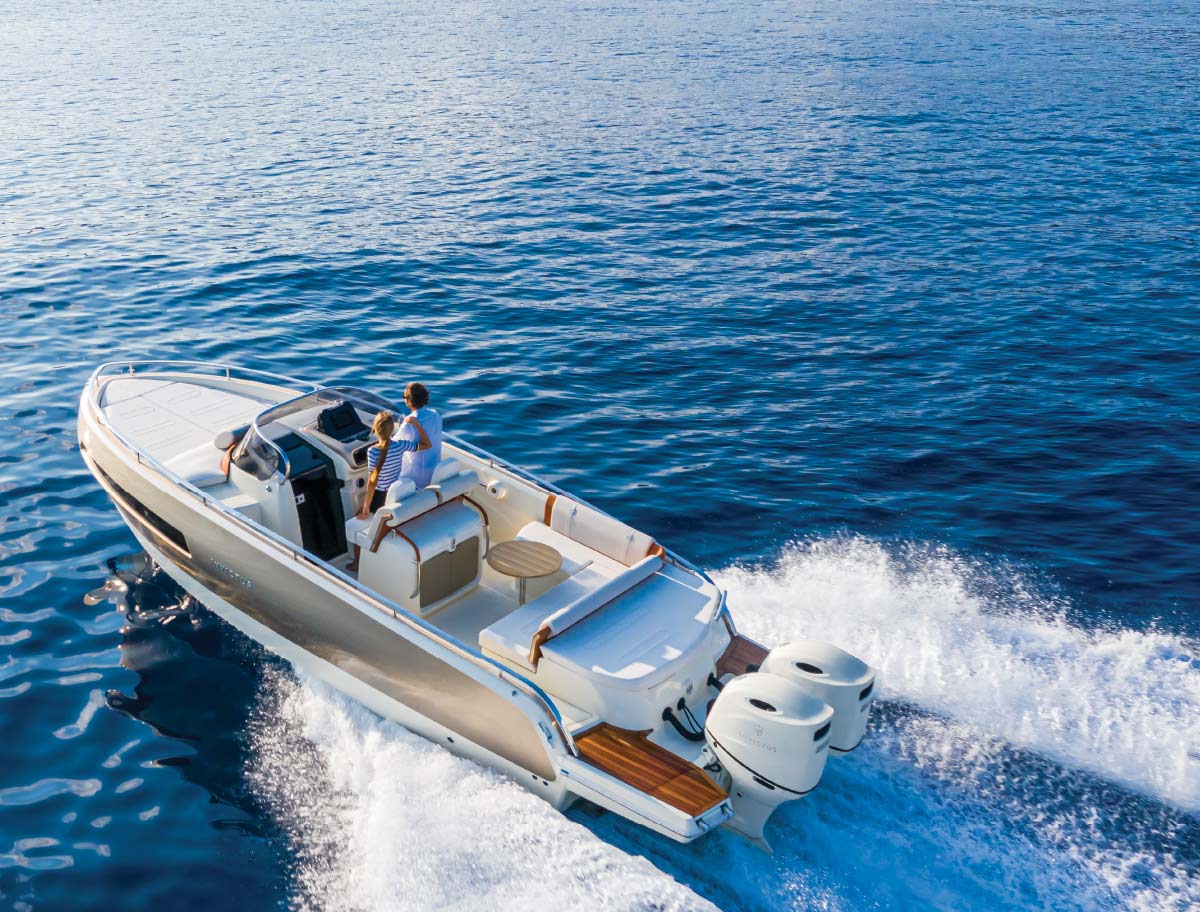arine life on the Great Lakes is always changing in one way or another, whether it’s seasons coming and going or changes in the environment. With winter on its way the Great Lakes will be transformed into a pretty rough and rugged environment. But marine life isn’t the only thing that’s shifting. Boating has seen its changes as well. It certainly looks very different today due to advancements in technology than it did in its beginning. We now have greater access to new electronics that are affordable and easy to use. Here we’ll take a look at how quickly boating technology is advancing and what’s in store for its future.

Most boats on the Great Lakes have speeds ranging between 35-69 mph. This is infinitely faster than anything that was on the water when engines were first invented. With new technology creating faster, quieter, and more affordable engines, more people are gaining an interest in boating. High speeds and a quiet ride make boating far easier and more enjoyable. Fishermen who don’t want to scare the fish with loud engines can especially appreciate the power of quiet speed and the technology that makes it happen.
Continuing advancements in boat design and structure make it a no brainer to upgrade if you haven’t in a while. It just might be time to sell Old Bessie and make room for something new.

The modern boater experiences a high level of connectivity and integration out on the water. When simply trying to communicate with other boaters nearby, you can now use speakers, electronic iPads, and other devices to get their attention. You can also stay in touch with people on land while you’re enjoying your excursion thanks to Wi-Fi and cell service, depending on availability. Even the simple act of being able to charge your phone on board makes a big difference.
In terms of entertainment, there are tons of new features that make your excursions much more enjoyable. From booming audio speakers to bright LED lights, celebrations are taken up a notch with the help of high-tech. People are certainly getting on board with this new tech due to the better parties arising from this new age of entertainment.
Advancements in visibility make it easier than ever for boaters to move ahead without slowing down. These advancements even make it possible for boaters to go to places that were previously unreachable.


More advanced compasses and directional systems can also help boaters navigate stormy weather before Mother Nature gets the best of them. Easy-to-read navigation instruments and simpler controls have made it possible for the average Joe to learn things faster. With modern tech, marine direction and navigation are a piece of cake.
